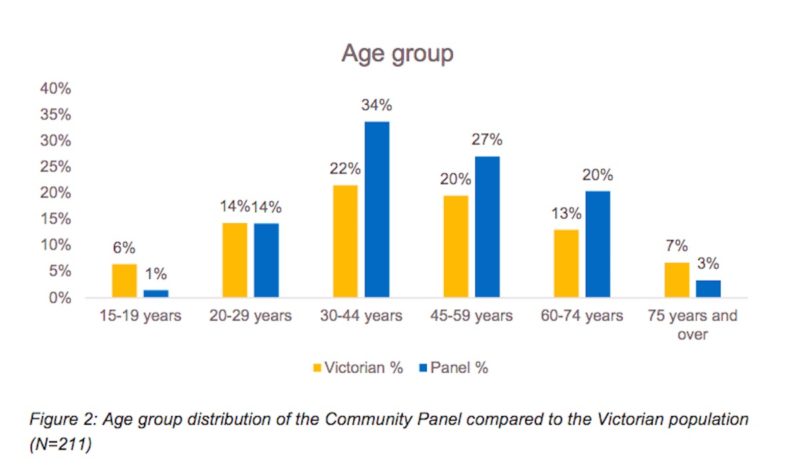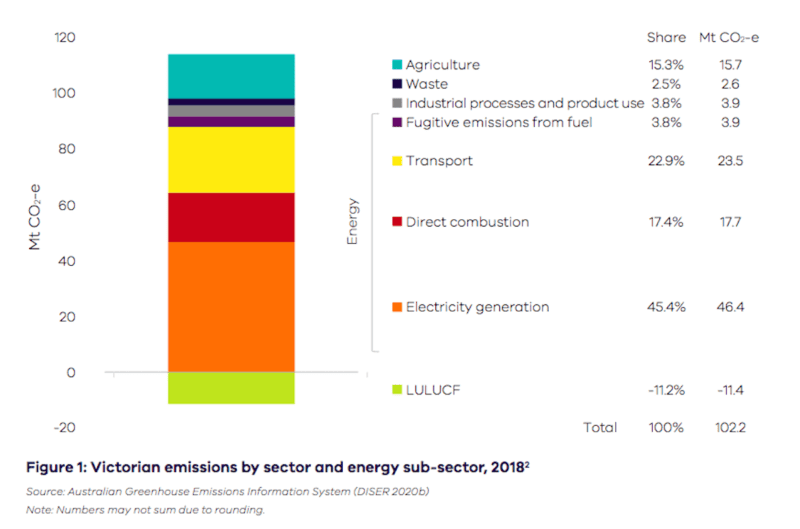Nearly eight in 10 Victorians would support a complete phase-out of internal combustion engine vehicle sales by 2030, according to a study involving 211 members of the public commissioned by Infrastructure Victoria.
The study yielded 21 recommendations supported by a supermajority of participants, including emissions standards for ICE vehicles, electrification of government fleets, roll out of charging infrastructure across the state, and numerous incentives that would make EVs more affordable for a large number of people.
The report was the product of a month-long series of virtual workshops which aimed to answer the question, “How should the Victorian Government support more people to adopt low or zero-emissions vehicles sooner?”
Infrastructure Victoria, an independent body tasked with advising the Victorian government on infrastructure policy, called it “the state’s largest-ever deliberative engagement program”. The results will inform Infrastructure Victoria’s upcoming update to the 30-Year Infrastructure Strategy.
Capire Consulting Group conducted the study, selecting a diverse and representative a pool of participants across a range of ages, genders, locations, employment statuses and socio-economic backgrounds.

The resulting 21 recommendations were hardly surprising, as they mirror many of the policies implemented in other countries and jurisdictions that have succeeded in getting EV sales up, such as the European Union and the United Kingdom.
Along with those listed above, the recommendations include means-tested loans for EVs, a community awareness and education campaign, government support for the installation of EV charging point as part of the ‘Solar Homes Program’, planning controls that require electric vehicle charging infrastructure in new car parks, and the creation of an independent EV cost comparison site.
All 21 recommendations received more than 70 per cent support from the 211-strong panel. The proposal to ban new ICE vehicle sales by 2030 received 78 per cent support, while the introduction of emissions standards fro ICE vehicles received 93 per cent support.
The most popular was the proposal to introduce incentives to encourage local governments to electrify their car fleets, receiving 99 per cent support.
Despite this overwhelming community support for strong EV policies, the federal government has already provisionally ruled out the more ambitious policies in its Future Fuels Strategy, which is currently in the consultation phase. As with energy emissions, that will put more onus on state governments to reduce their transport emissions.
Infrastructure Victoria chief executive Michel Masson said EV uptake was vital if Victoria is to reach its emissions reductions targets. The state government has already committed to reaching net-zero by 2050, and will release its 2030 targets in the coming weeks. It is expected to announce 2030 target of between 45 per cent and 60 per cent below 2005 levels.
In 2018, transport was the second biggest greenhouse gas emitting sector in Victoria behind electricity generation, accounting for 23 per cent of emissions.

“Transitioning to zero-emissions vehicles is likely to have the single most significant impact on reducing Victoria’s transport emissions, and while other countries have experienced the benefits of this, the technology is still relatively new in Australia,” Masson said.
“Reducing Victoria’s transport emissions is vital, especially when car use in inner Melbourne is now at risk of surpassing pre-COVID levels by 100,000 extra trips a day. Vehicle emissions were being driven in the wrong direction before COVID, and we need to turn this around as our modelling shows the state will have an extra 10.2 million vehicle trips per day within the next thirty years.”
James Fernyhough is a reporter at RenewEconomy and The Driven. He has worked at The Australian Financial Review and the Financial Times, and is interested in all things related to climate change and the transition to a low-carbon economy.


